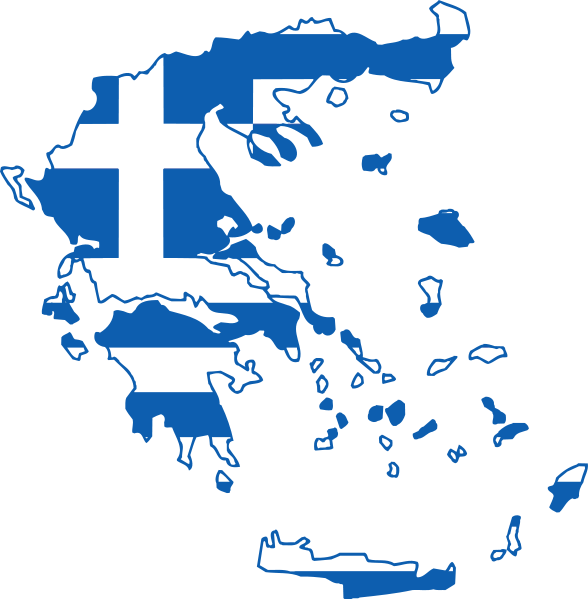A powerful wave of earthquakes has shaken the Greek island of Santorini, prompting thousands of residents and tourists to evacuate as authorities prepare for potential escalation.
Since last week, more than 1,000 tremors—some reaching magnitudes of 5.2—have been recorded, sparking widespread concern and emergency precautions across one of Europe’s most iconic travel destinations.
Greek Prime Minister Kyriakos Mitsotakis addressed the crisis, urging residents to remain calm while acknowledging the severity of the situation. “I understand the fear of being on a Santorini that is constantly moving,” he said.
According to AFP, more than 7,000 people have left the island as ferry services and airlines work to accommodate the mass departure. In response to the ongoing seismic activity, authorities have restricted access to certain coastal areas, closed schools on multiple islands, and canceled public events to minimize risk.
The Euro-Mediterranean Seismological Centre confirmed that most tremors occur 15 miles off Santorini’s coast in the Aegean Sea. Efthimios Lekkas, head of the Earthquake Planning and Protection Organization, warned that the seismic activity is shifting northward and could continue for “several days or even weeks.”
Despite Santorini’s location atop a dormant volcano that last erupted in 1950, a panel of experts has confirmed that the current earthquakes are not linked to volcanic activity. While increased movement has been observed within Santorini’s caldera, the Civil Protection Ministry reassured the public that it remains unrelated to the tremors.
Experts told AFP that this level of seismic activity has not been recorded in Santorini since data collection began in 1964. With uncertainty looming over whether a stronger quake could strike, authorities have bolstered emergency response measures. Civil Protection Minister Vassilis Kikilias announced that a Coast Guard vessel and a military landing craft are on standby for potential evacuations.
Officials have deployed mobile telecom units, generators, and satellite communication systems to support affected communities in Santorini and nearby islands Anafi, Ios, and Amorgos. The government has also introduced a digital platform, mysafetyplan.gov.gr, providing interactive maps with designated safe zones in case of an emergency.
Santorini, which welcomed 3.4 million tourists in 2023, is experiencing a sharp decline in visitors as uncertainty grows. Travel disruptions caused by rough seas and ferry cancellations have further isolated the island.
Locals remain divided on whether to stay or leave. Panagiotis Hatzigeorgiou, a retired police officer and longtime resident, has chosen to remain despite family offers to relocate to Athens.
“Older residents are used to earthquakes,” he told the Associated Press. “But this time, it’s different. Having quakes every two to three minutes is not normal.”
While no injuries or major structural damage have been reported, scientists cannot determine whether the tremors signal a larger earthquake or will eventually subside.
“We cannot predict the evolution of this sequence,” Lekkas emphasized, reinforcing the scientific uncertainty surrounding earthquake forecasting.
Businesses and residents await further updates as the ground shakes, bracing for the unknown.







